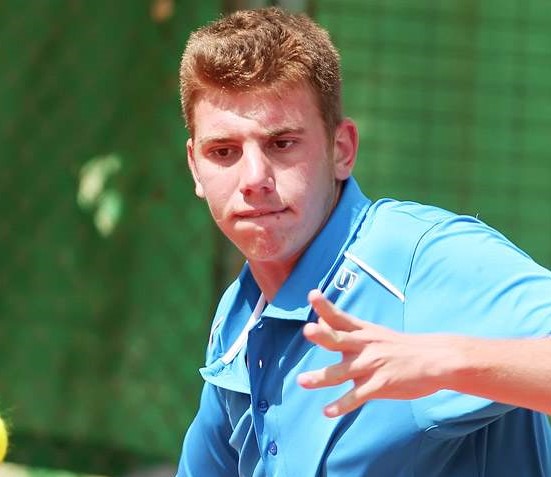How does Murray beat Djokovic?
| Australian Open: Djokovic v Murray |
|---|
| Venue: Melbourne Park Date: Sunday, 31 January Time: 08:30 GMT |
| Coverage: Live radio commentary on BBC Radio 5 live Sports Extra, plus text commentary on the BBC Sport website. Highlights on BBC Two from 14:05 GMT. |
Andy Murray says the past does not matter, but having lost three Australian Open finals to Novak Djokovic just how does he beat the Serb?
Sunday’s match will be the 31st time the two players have met, with Djokovic having won 21, including 10 of the past 11.
Murray, 28, reached his fifth Melbourne final with a hard-fought five-set win over Milos Raonic on Friday. No-one has played in more finals of an individual Grand Slam without winning one.
But how can Murray beat the world number one? BBC tennis commentators Andrew Castle and John Lloyd provide a few pointers.
‘It’s about what happens on Sunday’
Since Murray won the 2013 Wimbledon final, the Briton has beaten Djokovic only once in 11 matches – in the Rogers Cup last year.
But the world number two is not concerned by the history between the pair.
“It’s one tennis match. It doesn’t matter what’s happened in the past really – it’s about what happens on Sunday,” he said.
“Novak loves playing on this court. We’ve played a bunch of times here, but hopefully it can be a different result.
“People like to read into what’s happened in the past, but Stan Wawrinka beat Rafa Nadal in the 2015 final here and I don’t think he’d won against him in 13 attempts.”
Murray is also not concerned by having one day fewer to rest than Djokovic, who only needed four sets to beat Roger Federer in the semi-finals on Thursday.
“If you play a quick match on the Friday, it doesn’t really make a huge difference,” said Murray.
“It isn’t ideal if you play the five sets, but Novak also won here the time we played five hours and then he played a six-hour final. So it’s do-able.”
‘Draw on the positives’
The odds seem stacked against Murray. Djokovic has a perfect Australian Open final record, winning on all five appearances.
However, the Scot does have some high-profile wins over the Serb, including the 2012 US Open final and the 2013 Wimbledon final.
Lloyd, an Australian Open finalist in December 1977, thinks the Murray camp will be focusing on those two victories.
“This will come down to his coach Amelie Mauresmo,” said Lloyd. “They will be thinking and talking about the two Grand Slam finals Andy has beaten Novak in and won’t be thinking about the losses.
“Draw on the positives, you’ve beaten him before and you can do it again. It’s not as if he is not getting wiped off the floor when he loses.
“He has a good attitude and other people will have written him off and Andy will like that.”
‘He can’t trade from the back of the court’
Murray is confident he has the right strategy and skills to defeat Djokovic.
“I need to keep to my game plan very well, not have any lapses in concentration and just play the best I can,” he said.
Former British number one Castle thinks Murray will also have to mix his style of play if he is to deny Djokovic an 11th Grand Slam title.
“Murray will need to go in with a game plan, give it absolutely everything and go for it,” said Castle. “I don’t think that over five sets in Australia he can stay back and trade from the back of the court.
“If you’re number two in the world and are as stubborn, massively determined and as fit as Andy is then you don’t walk out there thinking, ‘I will lose this one’.
“OK, he has lost 10 of the past 11 but he has beaten Novak Djokovic in a Wimbledon final and a US Open final and other times as well. In the French Open semi-finals [in 2015] in the third and fourth sets he blew Novak off the court. It was amazing.”
Will Murray do it?
“I think he can beat him, but it will be tough,” said Lloyd.
“The thing about Andy Murray and Novak Djokovic is that their games cancel each other out but Novak seems mentally to be able to hang in there just a bit longer and the pressure seems to tell with Andy.
“But Andy was very good mentally against Raonic and I have a good feeling for this. It’s going to be close but I think Andy will sneak it.
“The Australian fans want Andy to win and they’re thinking it’s Andy’s time – I do too.”


